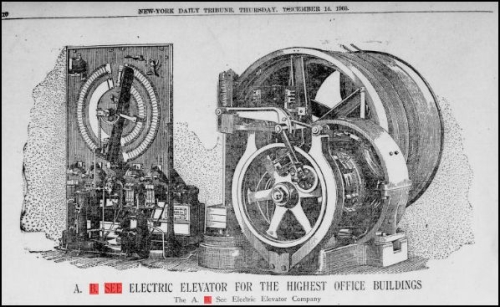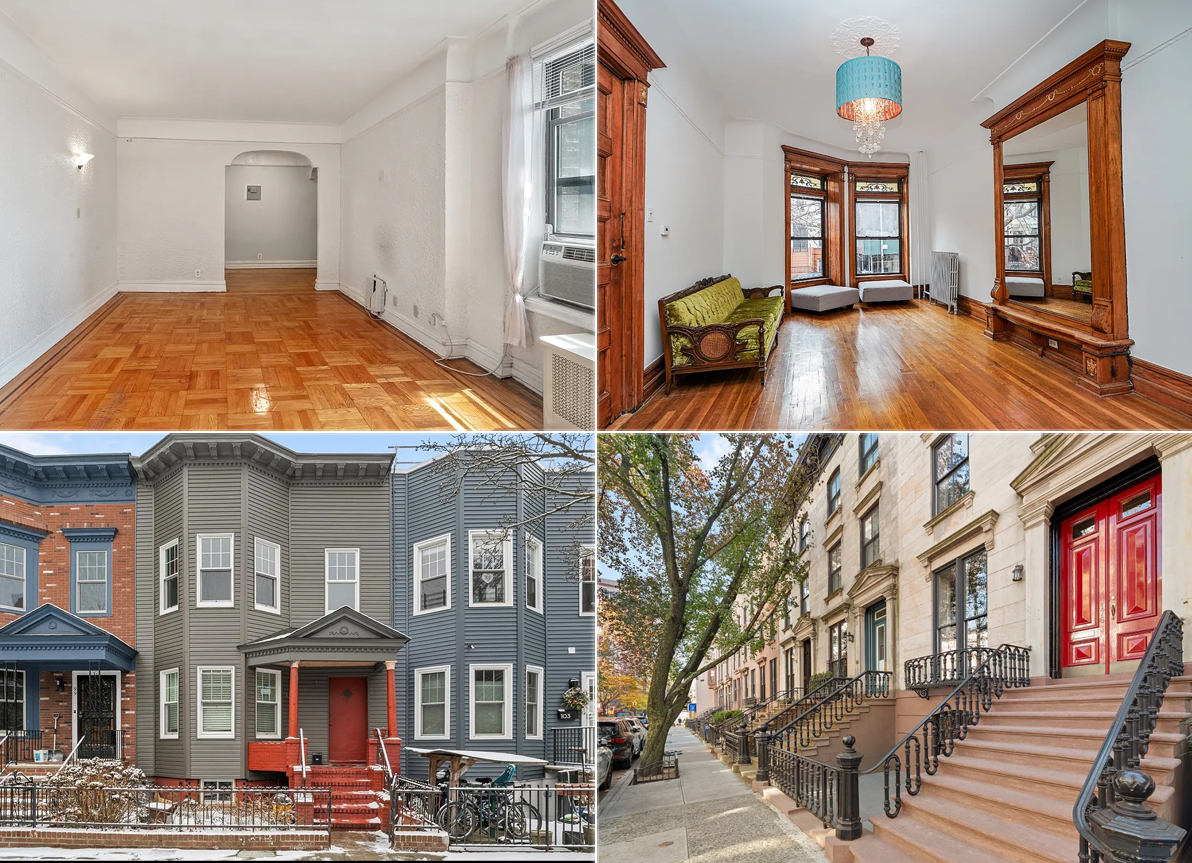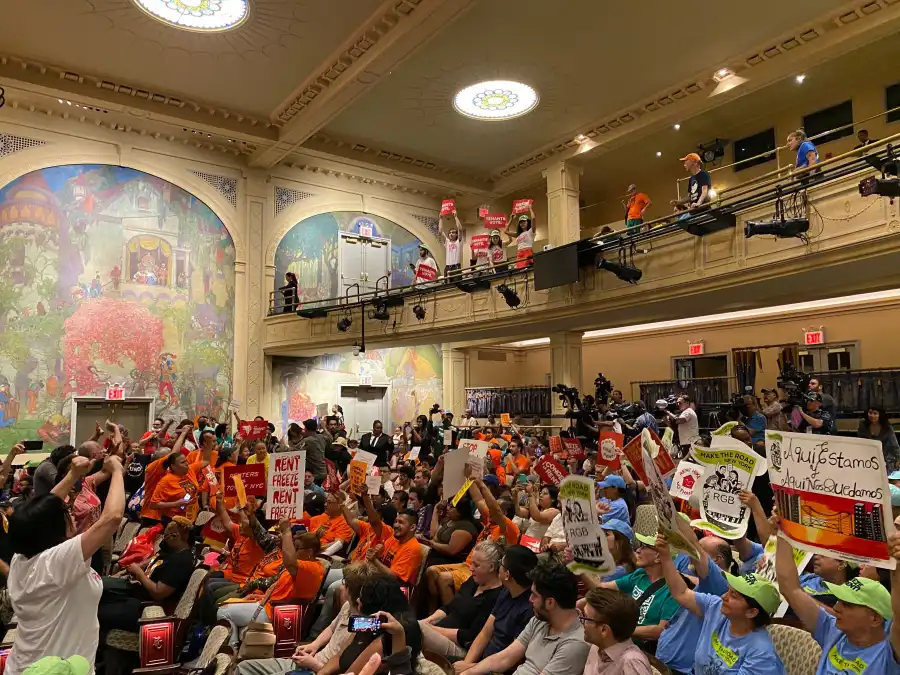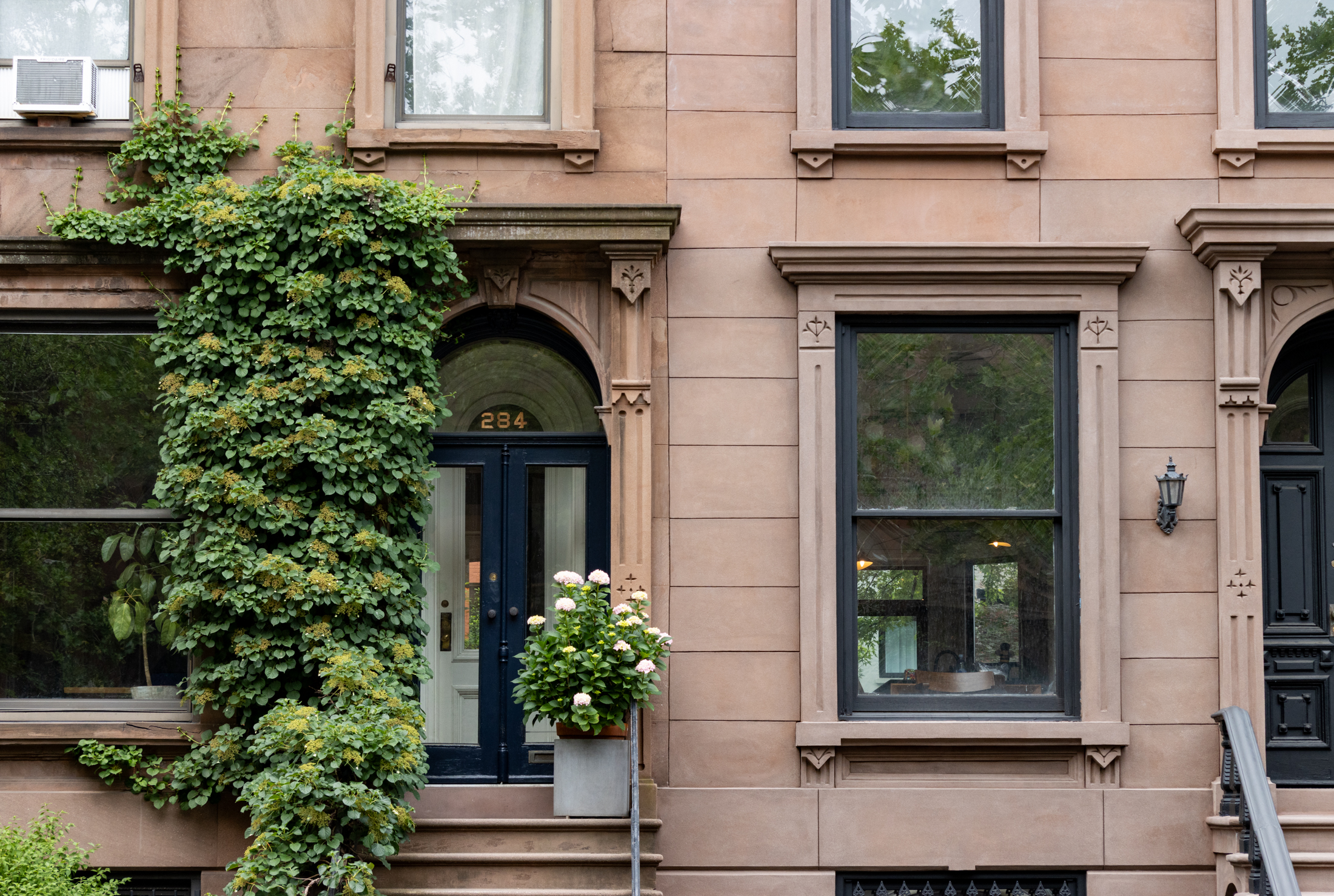Walkabout: Mr. See’s Elevator and Other Uplifting Topics, Part 1
Read Part 2 of this story. Names can be fascinating things. Some cultures believe you should name yourself when you become aware of who you are and what your purpose is. In our society, people change their names all the time, especially when they go into businesses where names matter, or should roll off the…

Read Part 2 of this story.
Names can be fascinating things. Some cultures believe you should name yourself when you become aware of who you are and what your purpose is. In our society, people change their names all the time, especially when they go into businesses where names matter, or should roll off the tongue with familiarity.
We can all think of dozens of actors and entertainers who have done so. Fictional names are created with the purpose of giving the reader a sense of the character’s personality before we even know anything about them: a name like “Dirk Steele” says action hero (or perhaps porn star), while a name like “Uriah Heep” needs no explanation.
Sometimes parents give their children what seem to be the worst names possible, given their own surnames, or even their occupations. A child can be scarred for life with some of these names, the objects of childhood ridicule and endless jokes.
So you have to wonder what Benjamin and Lavania See were thinking in 1848, when they named their baby son “Alonzo Bertram See.” Their other children had normal names like Joseph, Augusta and Maria Louise. Little did they know what great and controversial things their son would accomplish. Or perhaps, by naming him so, they did. He did not disappoint.
Alonzo See grew up in Yonkers. According to family lore, when he was a young man he taught the Otis boys in Sunday school where he impressed their father, Elisha Otis, with his photographic memory. They were so impressed, they never forgot it. After Elisha Otis and his sons invented the first “safety elevator” in 1852 and began the company that still bears their name, they hired Alonzo See to work with them in the elevator business. Alonzo See had found his calling.
He learned fast, no doubt, aided by his photographic memory, and by 1883 Alonzo had left Otis to start his own elevator business. It was called the A.B. See Electric Elevator Company — a great pun on his name and a fortunate place to be in any directory, and later the phone book.
In 1857 the Otis Elevator Company installed the first commercial lift in the Haughwout Building on the northeast corner of Broome Street and Broadway in what’s now SoHo. The building was only 5 stories tall, and was a precursor of the late 19th century mega-department store, selling the finest quality home goods such as china, silver, etc.
The elevator was such a novelty that people came into the store just to ride in it, and of course that was great for business. This building still exists; it was a Staples the last time I was there, and there is still an old fashioned elevator there.
But that is not the original Otis elevator. This elevator was installed in 1892, and this was an A.B. See Elevator Company elevator. You can see the A.B. See plate; it’s still there. By this time See’s company was becoming one of the fastest growing and largest elevator companies in New York, coinciding perfectly with the dawn of the skyscraper.
The A.B. See Elevator and Otis would get into a long protracted lawsuit over patents and unfair suppression of competition on Otis’ end, and eventually See won the case. His company continued to grow so that by the beginning of the 20th century he was advertising even in daily tabloids like the New York Herald since elevators, especially in the new, tall buildings, were still a novelty and quite impressive.
Back on the home front, Alonso had gotten married and moved into the big house at 373 Clinton Avenue, the Avenue home to many other rich industrialists, inventors, financiers and oil men. His house was one door down from the famous Pouch Mansion, a venue for society events, art shows and balls. Unfortunately, I was not able to find a picture of the See house, which was torn down in the 1940’s for the Clinton Houses.
By 1922, Alonzo See was a comfortable man. Wife Eugenia and son Alva B. (oh, the jokes he must have endured) were engaged in school and social events. The elevator company was doing better than ever, and life was good. His office was in Manhattan, his factory had moved from Dumbo to New Jersey, all in all, not a bad commute.
All was well until the Adelphi School sent a letter asking for donations to support this neighborhood women’s college only a couple of blocks away on Lafayette Avenue and St. James Place. They had asked him for a $1000 donation. Here’s what he told them in a letter, dated Nov. 23, 1922:
“Gentlemen, I have received a copy of your letter asking me to subscribe to a fund for a new college building. If I had my way, I would burn all the women’s colleges in the country…(followed by some disparaging remarks about young girls smoking and slutty dressing habits)…Of all the fool things in the world, I think the college for women is the worst.
When they graduate from the colleges they cannot write a decent hand. They know nothing about the English language. They cannot spell. They are thoroughly ignorant of the things they should know, and they have their brains twisted by studying psychology, logic and philosophy, and lots of other stuff not only utterly useless but absolutely harmful – a lot of stuff that could only have been concocted in the diseased brains of college professors.”
He wasn’t quite done: “Women used to be highly honored and respected by men. But that day is largely passing away, and this is due more, perhaps, to the effect the colleges are having on the college women than to anything else. Nothing could be better for the girls who are now in the colleges to be taken out of the colleges and put to hard manual labor for at least a year so that there might be put into their heads some little trace of sense.”
Well, as one can imagine, this caused quite a stir when the president of Adelphi sent the letter to the press, with Mr. See’s permission, too. It went the old school equivalent of viral, picked up by newspapers all across the US. The New York Times said that “This hit the ceiling faster than they had ever ascended in one of the See elevators.”
Educators of women from colleges and institutions all across the country reacted with scorn, ridicule, denial and outrage. The best comment came from William L. Felter, the principal of Girls High School in Brooklyn, who said, “I think that letter is one of the best boosts for the college drive. I am very sorry we have any man here so antediluvian with his views.
The old curmudgeon loved the attention. He loved it so much, he kept talking, giving interviews on the subject, and eventually writing a book called “Schools,” in which he warmed to the subject at great length. He railed against the way young women dressed, and how they “swaggered” around, throwing their sensuality, and cigarette smoke in everyone’s faces.
This was the daring age of the Flapper Girls, and Mr. See was not having it. He hated the make-up, the “brazen” painted faces, lipstick and powders, and he hated the cigarette smoking and the cocktail drinking. Thank goodness he didn’t have a daughter of his own to put out to labor.
He must have been watching people partying at the Pouch, probably from behind some shrubs hiding his porch, because he REALLY went on and on about how the girls dressed, how they disrespected their parents, and wore dresses that were not even five inches below their knees.
He advocated spanking to get them back in line. Aside from blaming the schools, he blamed the vote. The world had gone to hell since women got the vote, as far as he was concerned, and his saved his special ire for women’s voting and political clubs. In a letter to the Lucy Sloan League, a women’s voting club, he writes:
“In addition to all of the evils to which I have referred (the aforementioned makeup and brazen behavior) that have come to us since women were given the vote, there has been a great increase to the overburdened taxpayers of gathering this increased vote, and the slum vote has been increased enormously.
Yet I have sometimes felt that after all perhaps some sympathy should go out to the suffragettes, for no married woman was ever a suffragette except as an unconscious protest against the effeminacy of her husband, and no spinster a suffragette except she thought she found suffrage something of a solace in her loneliness.”
Wow, he managed to insult just about everyone in that one. Alonzo See was just warming up. I’ll save the rest of this story for Thursday. You’ll be surprised what happens next. (Above: Ad from NY Herald News, 1905) GMAP





This guy was HYSTERICAL! He apparently couldn’t get enough of himself to even want to stop. Can’t wait to hear the 2nd installment. A real Misogynista!
Today, he’d have his own “shock” talk show, website (or both), & would probably be salivating & beaming ear to ear reading all the disparaging comments being made about him. He’d be in See Heaven!
The only surprise I can think of is that he got stuck in the elevator with a woman he REALLY rubbed the wrong way, & what followed…